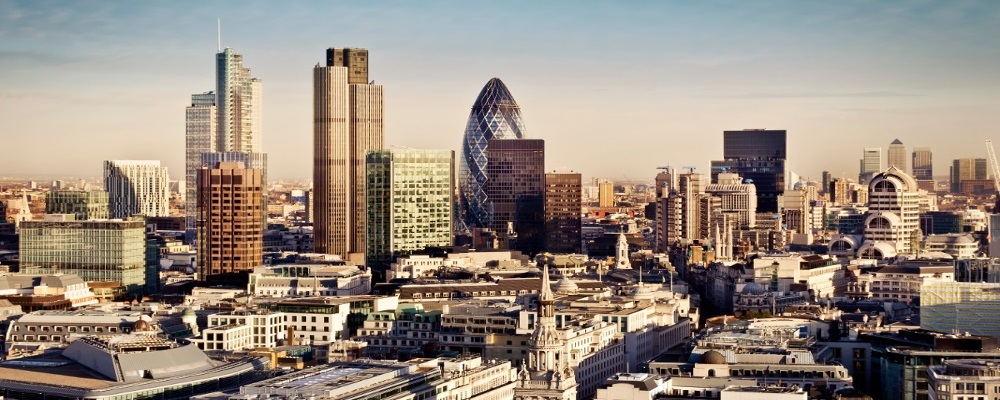The big picture – what to do with bigger images

In one of our recent blog posts, we took a look at image optimisation and some great online tools to reduce the file size of your images. In that post, we suggested that the ideal file size for images should be 100kb or below. This is because big images with large file sizes can slow down your website, which is a key factor for site optimisation – as well as keeping users from leaving your site to go somewhere else.
However, getting your image to this file size isn’t always achievable. In fact, there are some cases where you might not want to lower your image to 100kb at all. If you’ve got a big hero image that needs adding, then it is more than likely that reducing that larger image to 100kb will lower the overall quality of the picture.
When should images be 100kb or less?
So, you might now be wondering when you should actually aim to get your image to 100kb or less. Imagine you are working on a service page for your website, taking our previous blog post about image compression as an example. If you are putting an image in a content area like this, it doesn’t need to be very big. This includes the actual dimensions of the image, as well as the file size itself.
Say you have taken a great photo of one of your recent projects, and you want to include a preview of that on your service page. The photo itself probably looks fantastic, but you don’t need to squeeze in print quality images from a HD camera into a small section like this. Take a look at the file size and the image dimensions before you upload it to your page. You can check this easily by right clicking and going to the properties and details section of the image. If it is really big, try and reduce this to fit the area it’s going to be put. If you don’t have Photoshop, you can use a free tool like Pixlr.com or GIMP.
When should images be over 100kb?
Again, you should always aim to keep your file sizes low. In some cases however, this is not an option – and as mentioned, reducing the file size can have an impact on the quality of the image. If you are adding a big hero image, or maybe a gallery of photos to show off a recent project, then the image dimensions and file size are naturally going to be bigger. Still, you don’t need to upload images that are several MB in size. This is going to have a notable impact on your site speed if you do.
Try some of the tools from our previous post to see if you can get your file sizes down. There are a lot of great, free tools out there on the internet that can reduce your file sizes. Some of them also include a handy tool that let’s you preview the image as you adjust the size. This way, you can see whether the image quality is getting too low for your liking. You should also think about the dimensions of the picture you want to use. Does it fit the section you’re trying to put it? Does it need to be several 1000 pixels wide by several 1000 pixels high? Reducing the dimensions can also help to reduce the file size.
Be smart
In summary, you just have to think about what’s best for the image that you’re uploading. Try and get the file size down as much as you can, but keep an eye on the quality of the image. See if you can reduce the image to an appropriate size. WordPress and other Content Management Systems might automatically scale down your images on the page itself, but it will still be loading the full-size image. A small image within your text doesn’t need to be several MB in size, neither does a larger image.
If you would like more advice on image optimisation, or any other SEO concerns that you might have, don’t hesitate to get in touch with us today.

